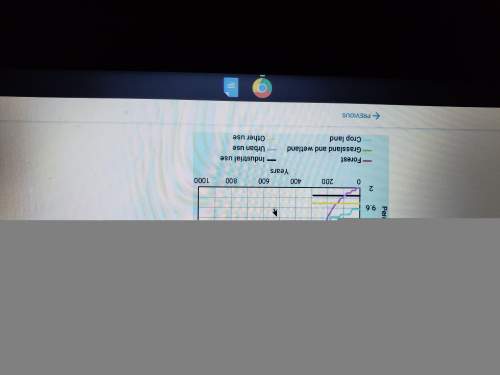
Chemistry, 05.03.2020 09:54 whocaresfasdlaf9341
A certain first-order reaction (A→productsA→products) has a rate constant of 9.90×10−3 s−1s−1 at 45 ∘C∘C. How many minutes does it take for the concentration of the reactant, [A][A] , to drop to 6.25%% of the original concentration? Express your answer with the appropriate units

Answers: 3
Another question on Chemistry

Chemistry, 22.06.2019 04:30
The big bang nucleosynthesis theory states that elements were produced in the first few minutes of the big bang while elements have their origins in the interiors of stars, forming much later in the history of the universe.
Answers: 1

Chemistry, 22.06.2019 05:20
Asolution contains 180 g of glucose (c6h12o6) and 162 g of water. what is the mole fraction of glucose?
Answers: 3

Chemistry, 22.06.2019 11:00
Freezing and boiling are endothermic processes. this means that these processes absorb energy from their surroundings in order to occur. use this information and the data you collected in the phase change gizmo to describe what happens to the temperature of water when you boil it, then explain why this result occurs.
Answers: 1

Chemistry, 22.06.2019 13:30
Which statements are true concerning mineral formation? check all that apply. the slower the cooling, the larger the crystals. the faster the cooling, the smaller the crystals. crystals formed from magma are smaller than crystals formed from lava. minerals can only form in solutions when the solution is heated deep underground. when a solution cools, elements and compounds leave the solution and crystallize as minerals. minerals formed from hot water solutions can form narrow channels in the surrounding rock.
Answers: 1
You know the right answer?
A certain first-order reaction (A→productsA→products) has a rate constant of 9.90×10−3 s−1s−1 at 45...
Questions


Mathematics, 26.11.2019 21:31















Mathematics, 26.11.2019 21:31


Computers and Technology, 26.11.2019 21:31




